Best-selling author Scott Berkun argues that historical accounts of famous innovators foster the misconception that innovation demands having a new “big idea.” But, that’s a myth. Giants like Thomas Edison, Henry Ford and Steve Jobs got straight to work on solving particular problems by experimenting with many smaller ideas. Berkun presents his arguments with fun and irreverent humor. He offers a strategy for learning how to innovate by going to work on a problem – any problem – right away. This revised and expanded edition includes four new chapters of practical advice on jump-starting your creativity, staying motivated and pitching your ideas. getAbstract recommends this manual to entrepreneurs, inventors, and anyone pursuing innovation in technology, media or the arts.
Inspiration and Perspiration
Conventional wisdom about innovation perpetuates unhelpful myths. Legends about great creative geniuses imply that famous innovators came up with their breakthroughs in “flashes of insight.” Most people aren’t so lucky; for them innovation means hard work and a frustrating struggle, devoid of mystical epiphanies or results.
Popular “myths of innovation” become tremendous barriers to creativity, which isn’t a magical or superhuman process. It’s an innate aspect of human psychology that helped early humans survive in a world of stronger, faster animals. Creativity arises naturally when you devote long hours to studying a problem, trying various solutions and learning from your failures.
Don’t Wait for an Epiphany
One of the most persistent myths about innovation is that you should expect a sudden epiphany. A light bulb goes on and – in a flash – you see how to build a working automobile, copy machine or the World Wide Web.
The word “epiphany” originally suggested that creative insights came from divine forces, like the muses of mythology. In the mythic version of history, Isaac Newton discovered the laws of gravity...
Scott Berkun also wrote Making Things Happen and Confessions of a Public Speaker. He taught at the University of Washington and was a manager at Microsoft. His work has appeared in The New York Times, Forbes, The Economist, The Washington Post and Wired.



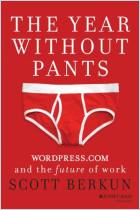

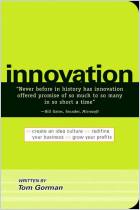


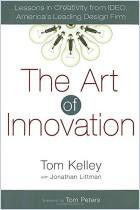
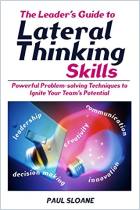
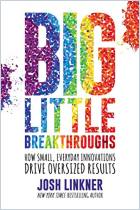



Comment on this summary